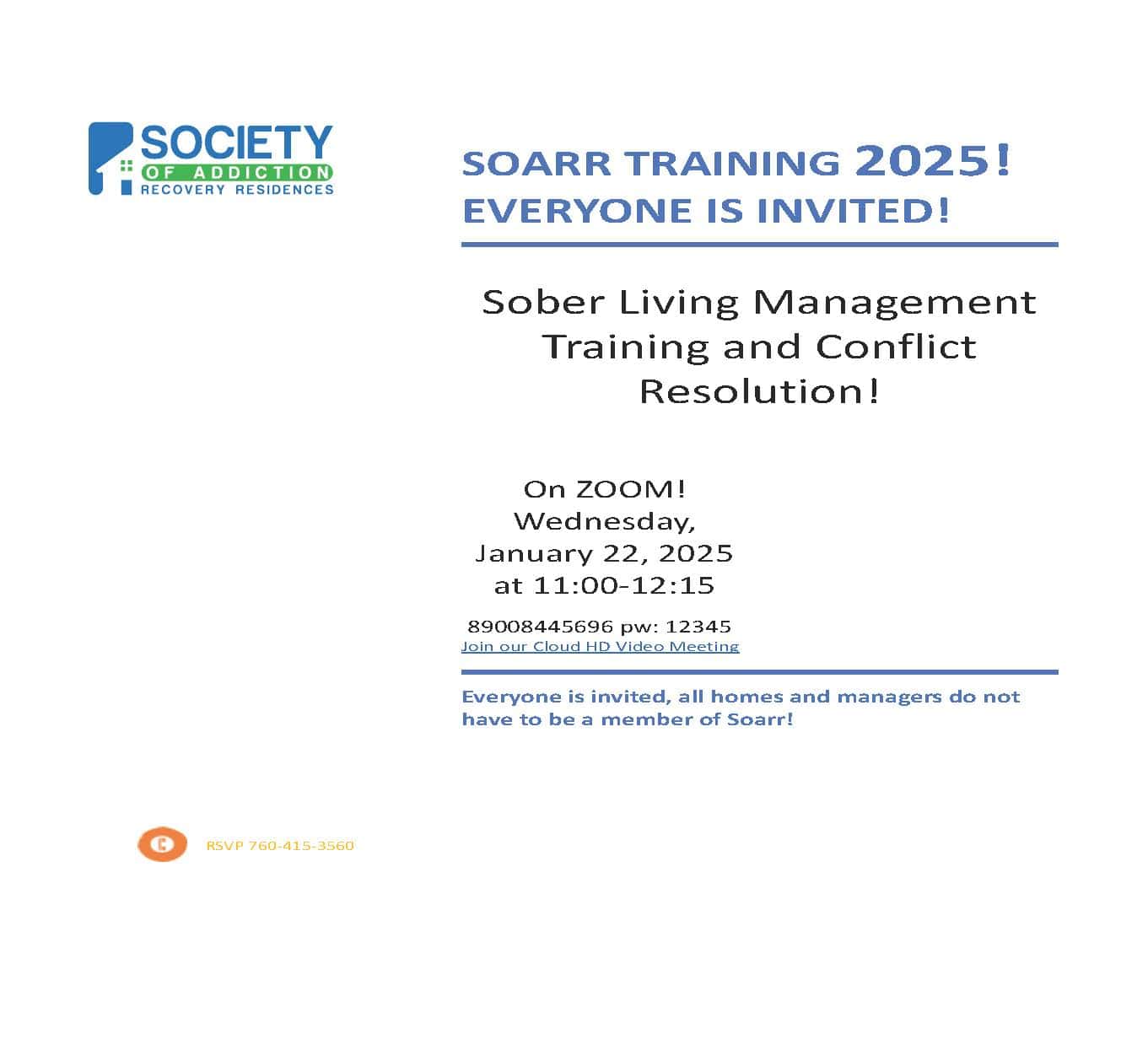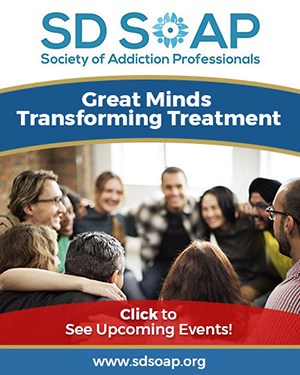People working to overcome addiction while incarcerated already face enormous challenges. In California, many were recently dealt another blow: they may have been denied parole based on faulty drug test results, despite staying sober and completing rehabilitation programs inside prison walls.
The California Department of Corrections and Rehabilitation (CDCR) is reviewing nearly 6,000 parole decisions after discovering that unreliable oral swab drug tests may have led to false positives. These tests reportedly indicated that people had used fentanyl and other substances when they had not. As a result, parole boards may have unfairly denied release to thousands of prisoners, many in recovery.
The admission is shocking. People in recovery often fight to stay sober in environments like prison, which are isolating and generally punitive instead of supportive. There are 12-step meetings available, but drug education and Medication-Assisted Treatment are sometimes scarce. It’s easy to lose hope when setbacks like this occur. The chance to reenter society and continue treatment outside prison walls is an important part of boosting recovery rates and reducing recidivism.
While these parole decisions are now being reviewed to ensure that no one was kept behind bars due to inaccurate testing, the impact on inmate populations will certainly be felt.
Faulty Drug Tests and Their Impact on Parole
According to the Los Angeles Times, these oral drug tests were not authorized for the type of use they were given and were known to have a high rate of false positives. This raises concerns for people in recovery whose records show relapse, even when they had remained clean. A failed drug test can stop someone’s parole eligibility and delay their progress for months or even years.
In many cases, people had completed substance use treatment while incarcerated and were preparing to continue recovery through halfway houses or sober living facilities. A bad drug test result based on a faulty product could have denied them access to the support systems they needed to maintain sobriety outside of prison.
Recovery Programs Inside California Prisons
While incarceration is difficult for anyone, California has worked to improve addiction treatment inside prisons. One of the state’s most important programs for justice-involved people is the Integrated Substance Use Disorder Treatment (ISUDT) initiative. It offers a mix of behavioral therapy, recovery groups, and medication-assisted treatment (MAT).
MAT is an important form of treatment that allows people to manage their cravings and reduces the chance of relapse. Medications like buprenorphine, naltrexone, or methadone help manage cravings and reduce the chance of relapse. These medications are usually combined with counseling and supervised by medical personnel.
Over 64,000 people in California prisons have received substance use disorder treatment through the ISUDT program. Over a third of those people received MAT to help with their journey. The program is now active at all 34 state-run prisons.
Drug tests are a part of most programs because substances still manage to be available in the justice system.
California Drug Laws and Diversion Programs
California law supports treatment instead of punishment for certain nonviolent drug offenses. Programs are available for first-time offenders and those willing to enter treatment. Penal Code 1000 offers a pretrial diversion program for either mental health or substance use disorders, where charges can be dismissed after successful completion of treatment.
Diversion programs created by Proposition 36 also allow people convicted of nonviolent drug possession to be sentenced to probation with required drug treatment instead of incarceration. Special courts also provide structure through mandated treatment, frequent drug testing, and court monitoring. These programs aim to treat addiction and prevent future offenses.
A faulty drug test could derail the purpose of these programs.
Aftercare Options: Halfway Houses and Sober Living
After release, especially for people who are participating in 12-step meetings and treatment programs, aftercare is vital.
Many people in recovery benefit from staying at halfway houses or sober living homes, which provide structure and accountability. These residences are drug-free and provide rules, structure, and chances to build relationships with other people in recovery.
Aftercare is an important part of helping reduce relapse and reincarceration. People can move forward with a clear sense of direction and purpose when they return to the community.
A Chance to Move Forward
The decision by CDCR to review parole denials is a small but important step for people in recovery who were set back unfairly. Recovery is not just about staying clean, it is also about being given a fair chance to rebuild your life.
Treatment in prison, medication support, and transitional housing offer people the tools to succeed in recovery. No one should be denied freedom or healing because of a flawed test.
Now more than ever, the system needs to support recovery with justice, compassion, and opportunity.
Finding Sober Housing
At SOARR, we’re committed to being a trusted guide in your journey toward recovery.
We provide a carefully vetted directory of sober living homes that offer safe, supportive environments with high standards of care. Recovery is possible, and so is a supportive community.
Explore your sober living home options for safe and supportive sober housing today.





